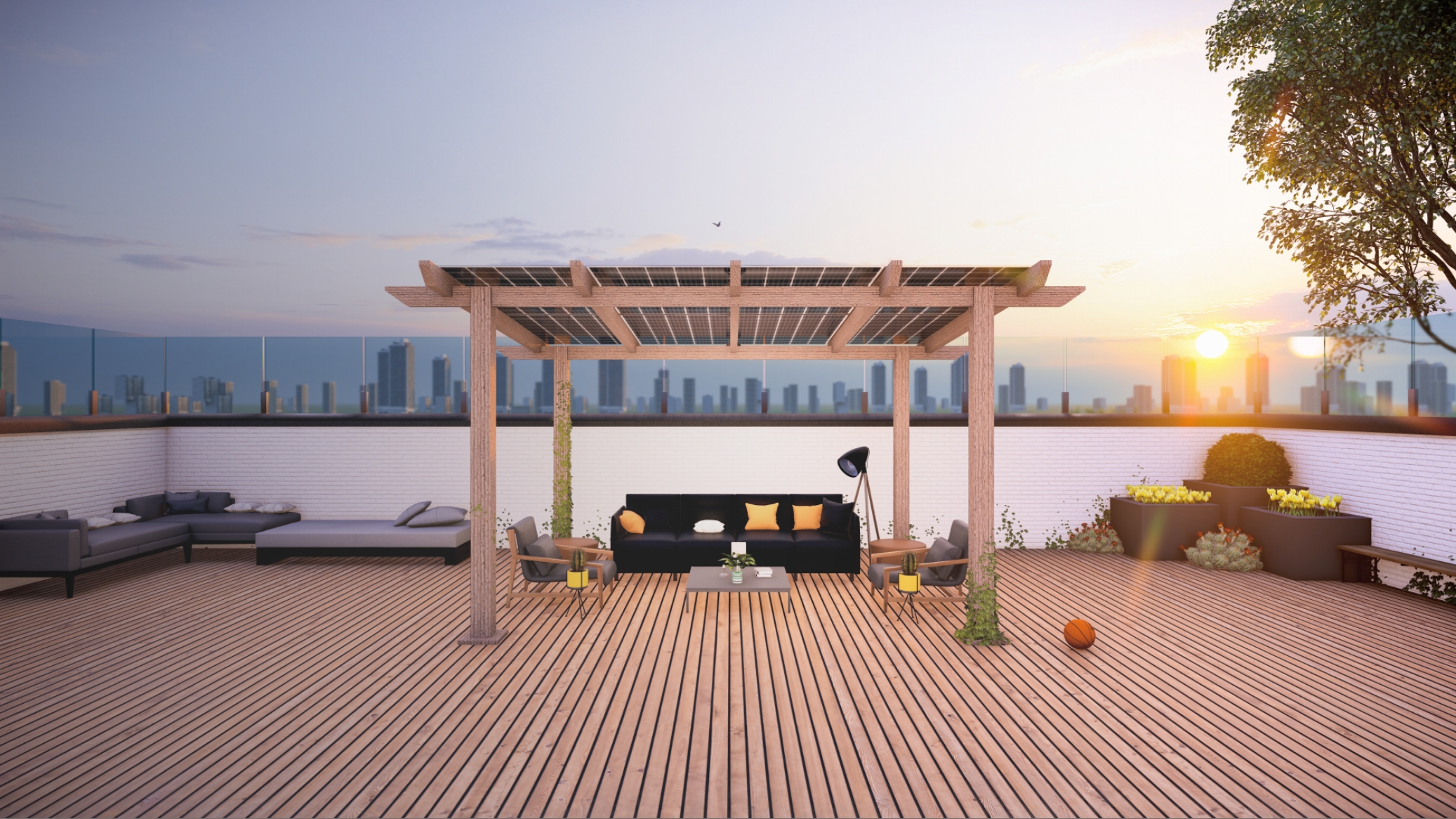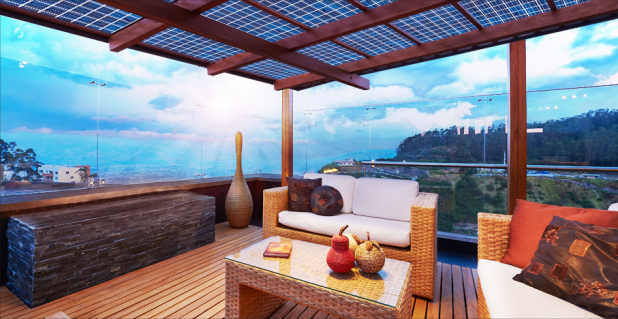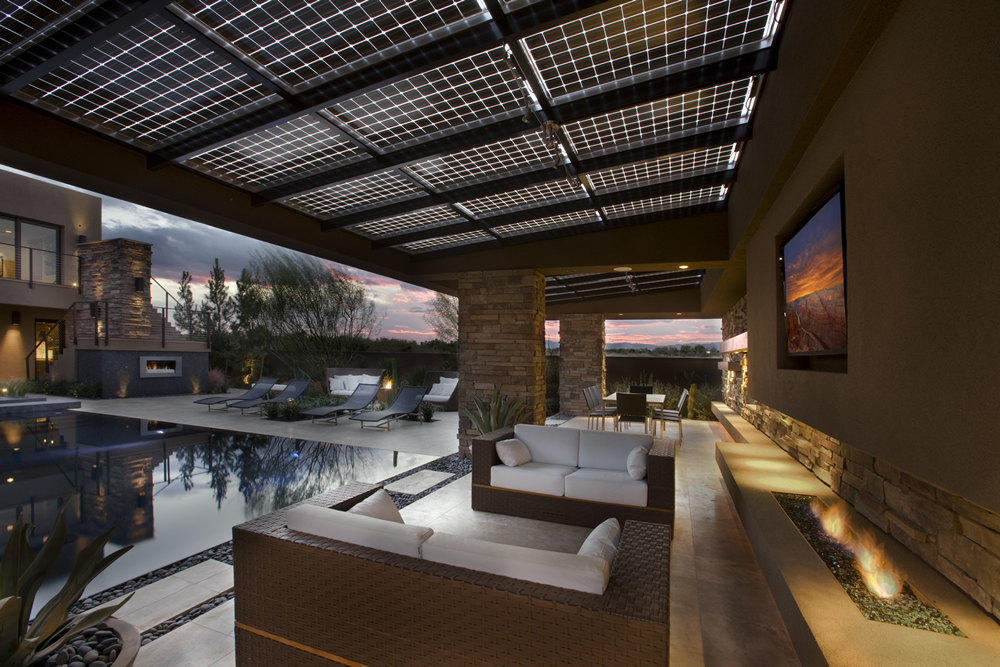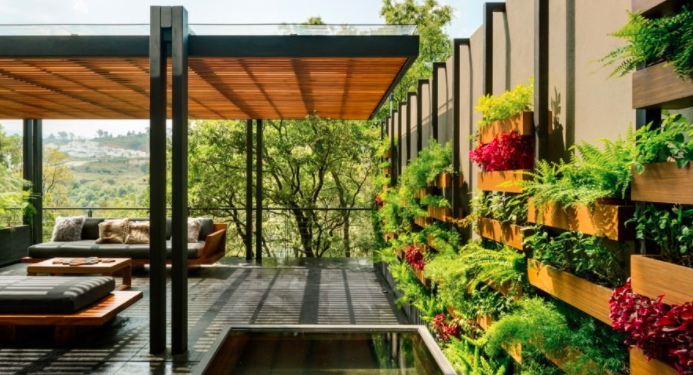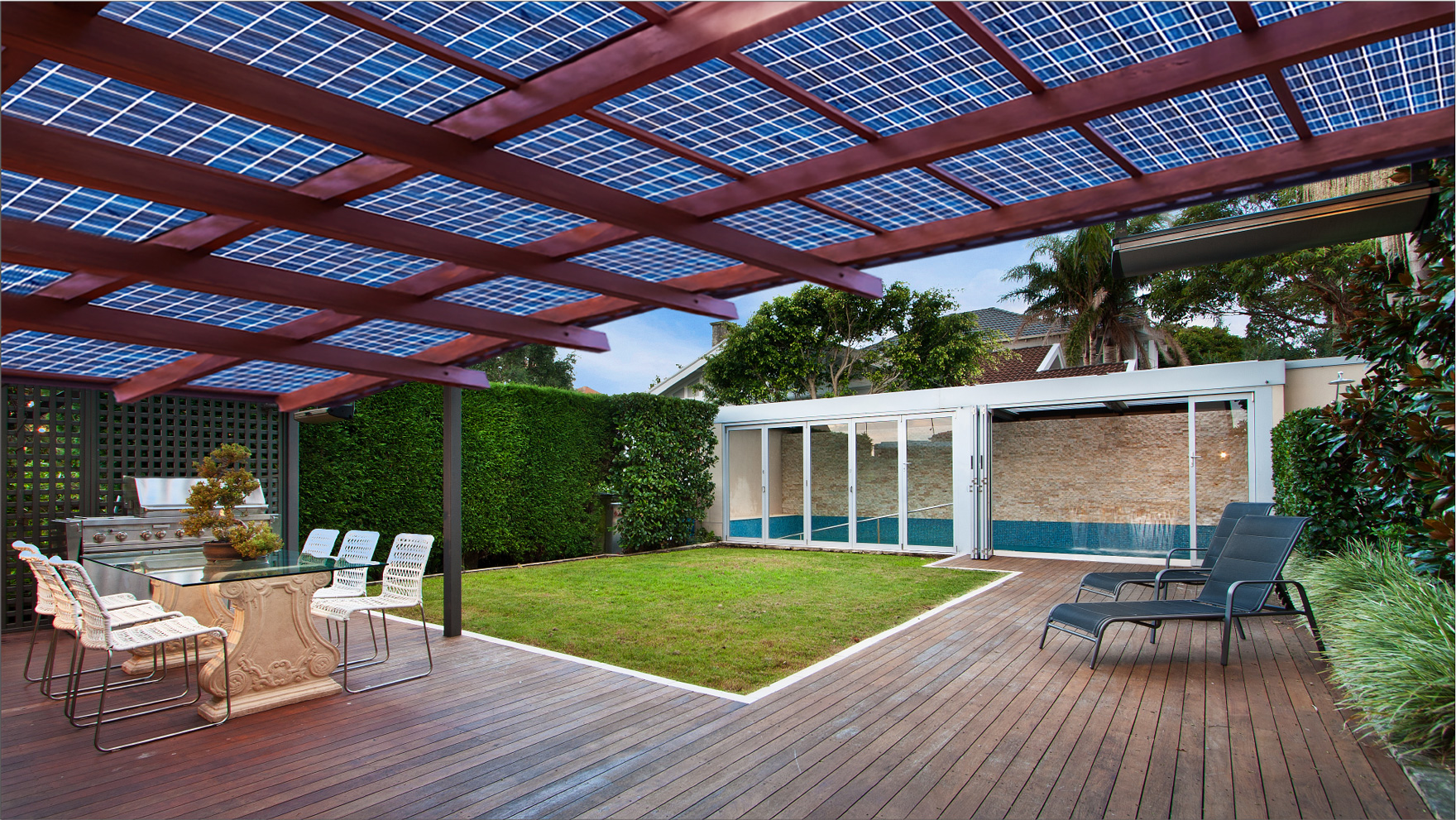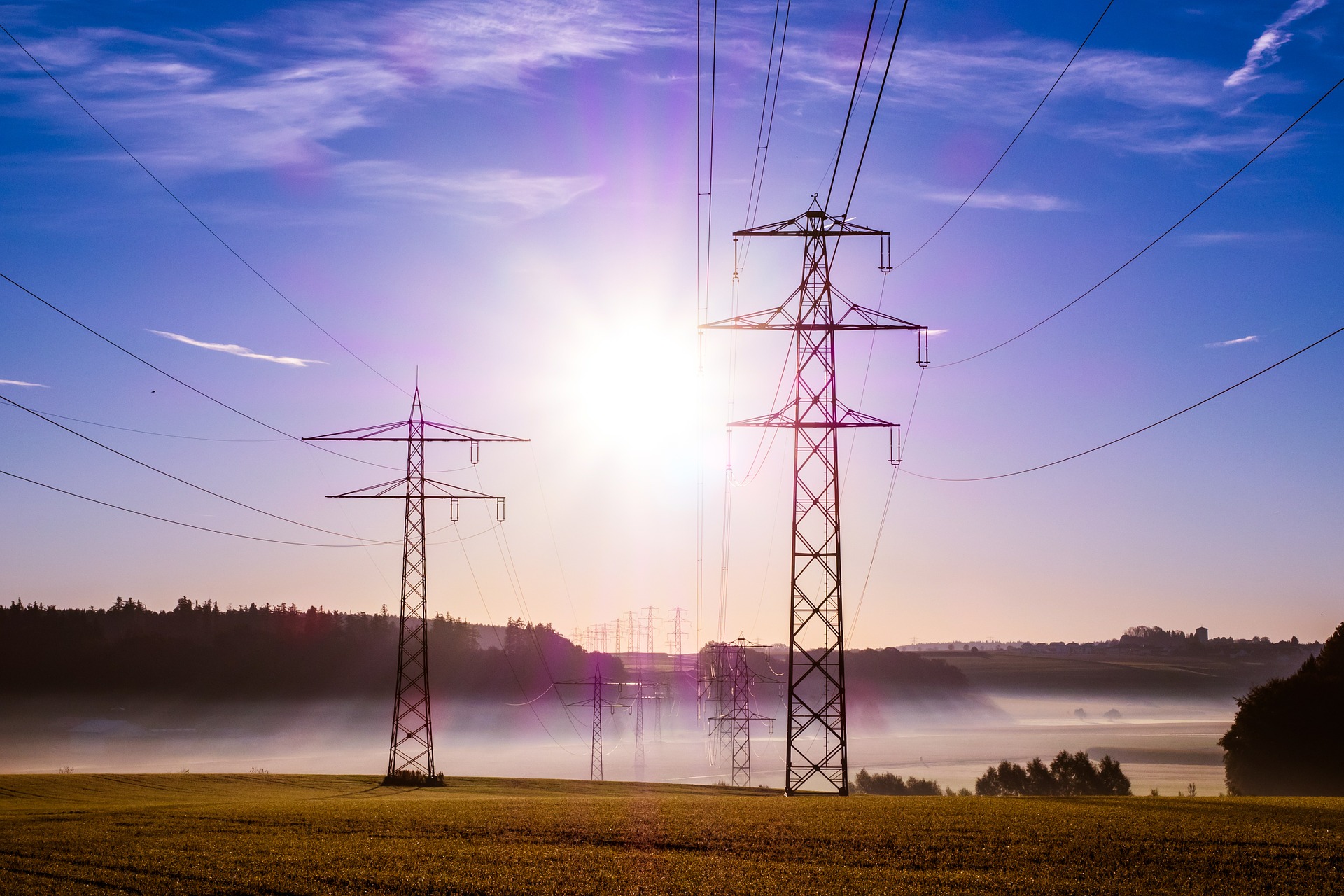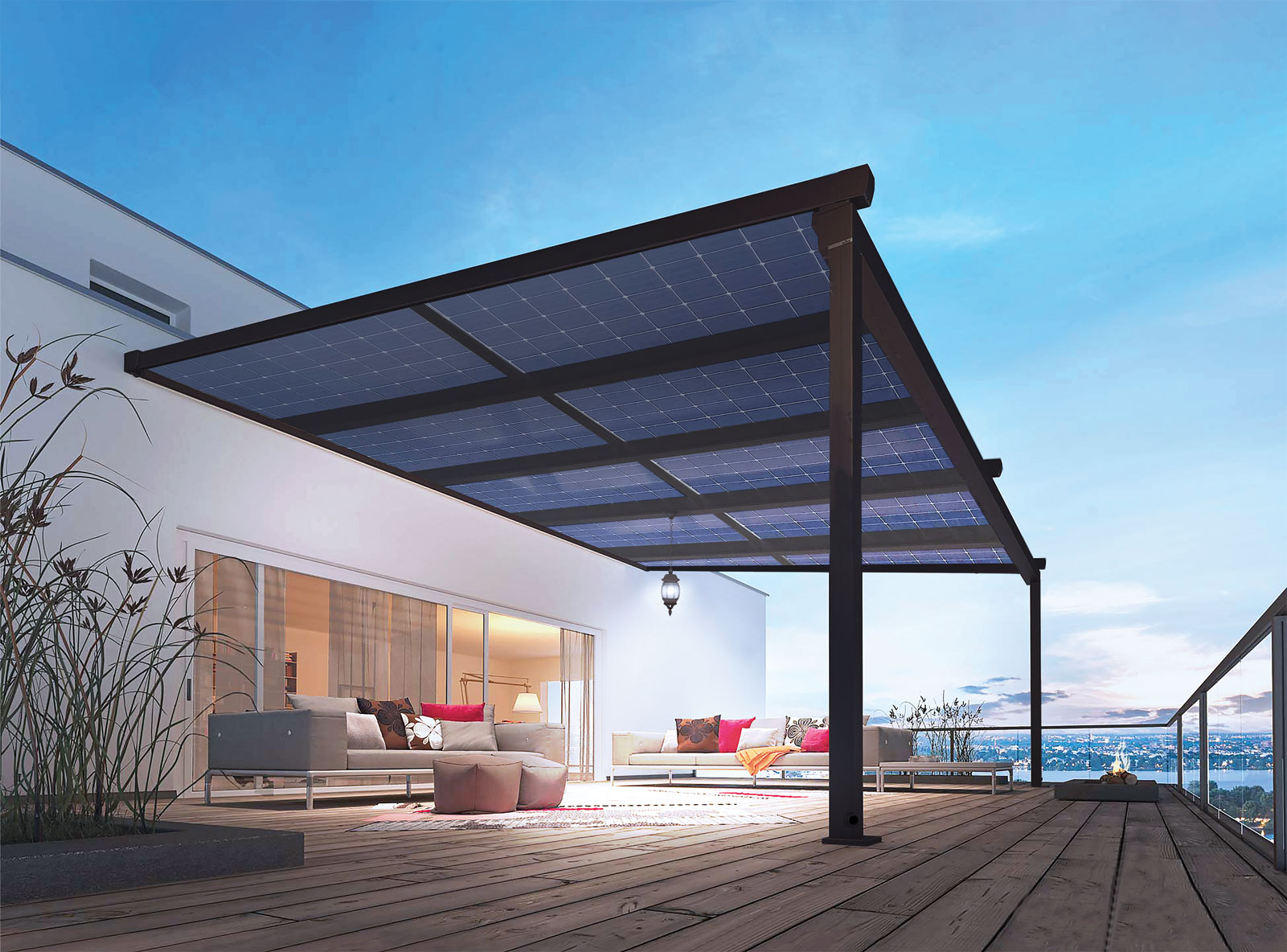Categories
13 January 2021
Personal Guide to Install Solar at Home: Part 2 – System Type and Budgeting
In the first instalment of our ‘Personal Guide to Installing Solar at Home’ series, we covered the initial steps needed [...]
24 November 2020
COVID-19 Safety Practices in Installation of Residential Solar Systems
COVID-19 has changed the process of working in industrial, institutional, government, private and all other sectors. Working remotely is the [...]
10 November 2020
Improve Home Aesthetics using Solar Panels at Home
Having solar panels in the house says a lot about the lifestyle of the residents. It indicates that they are [...]
06 October 2020
10 steps to installing solar on your rooftop
If you have been wondering about installing solar panels, then there’s no better time than now to do so. The [...]
05 September 2020
Revamping your Roofs and Open Spaces
COVID – 19 has made our lives change in numerous ways. We are slowly getting acquainted with the ‘New Normal’. Amidst [...]
25 August 2020
India has become the Third-largest producer of Solar Energy in the World
With 8.3 GW of solar photovoltaic capacity installed in the year 2018, India has emerged as the third-largest solar energy [...]
06 August 2020
10 Smart Energy Saving Tips For Your Home
It’s no wonder that we would have heard of so many ways to reduce household energy usage by some simple [...]
28 February 2020
How Bundling Scheme is Going to Impact Solar Companies in India
The Bundling Scheme is a plan to sell renewable energy (RE) and thermal power in a bundle so that end [...]
23 December 2019
Why would you want to make your home a Solar Home
Our decisions and actions as humans have completely changed the demography of the environment today. Most activities have brought about [...]
11 December 2019
How to Improve Unsteady Target Growth of the Rooftop Solar System in India?
India is one of the fastest-growing economies in the world. The country has a huge potential and the opportunities are [...]
